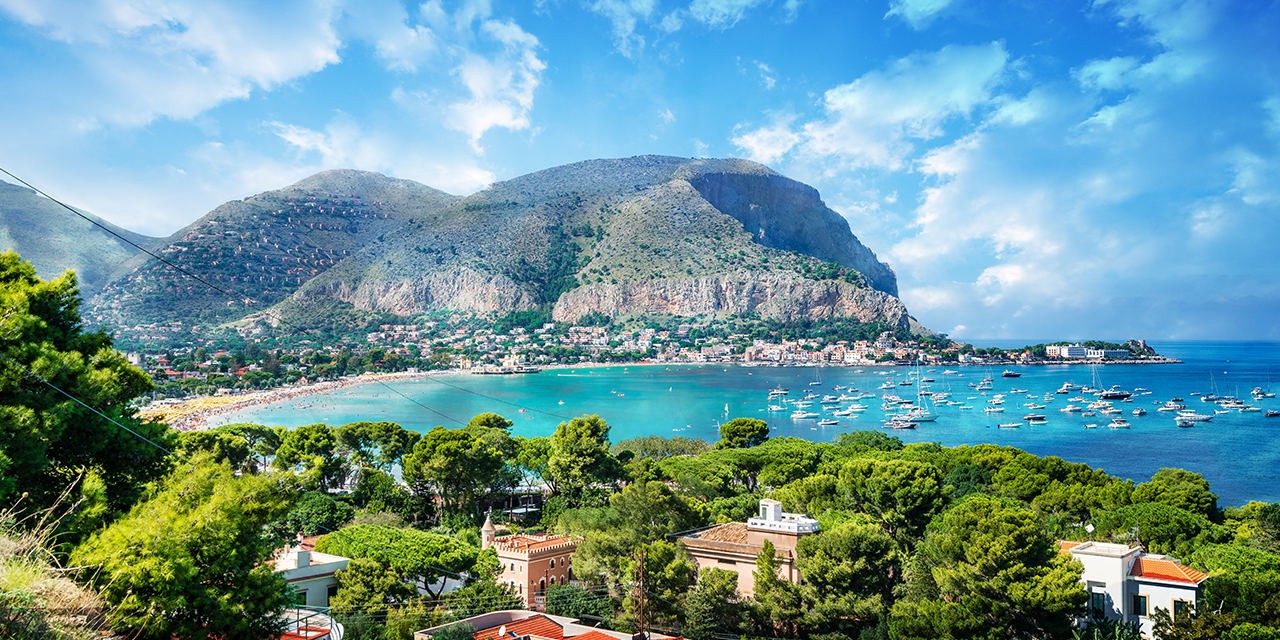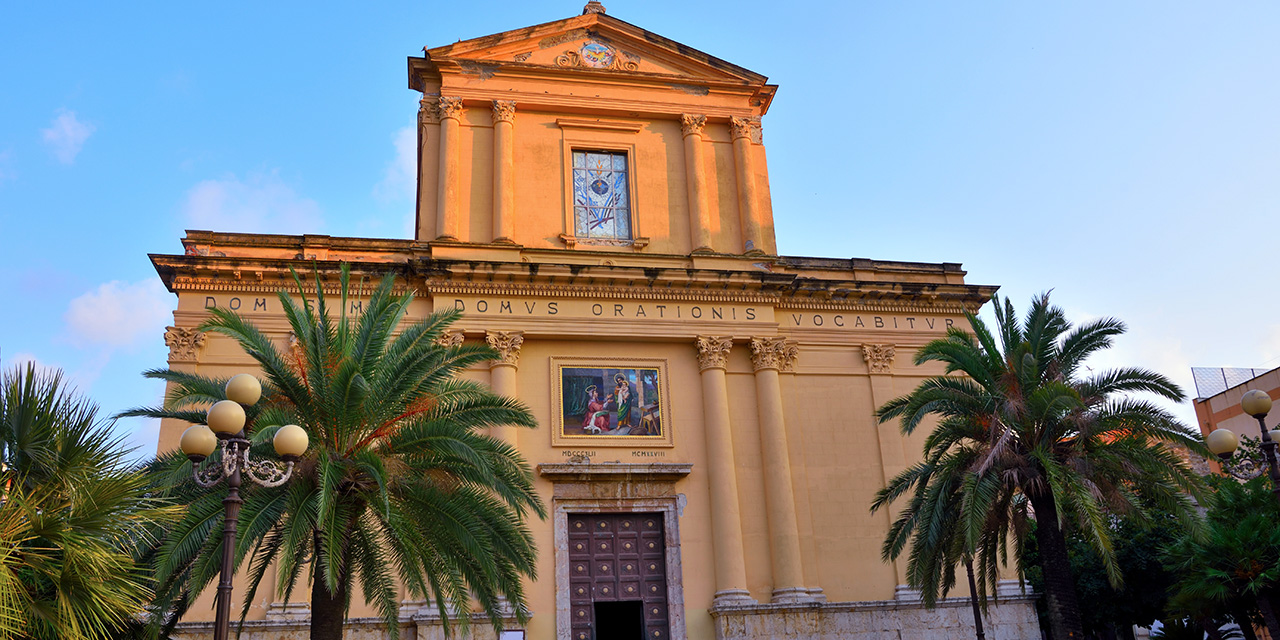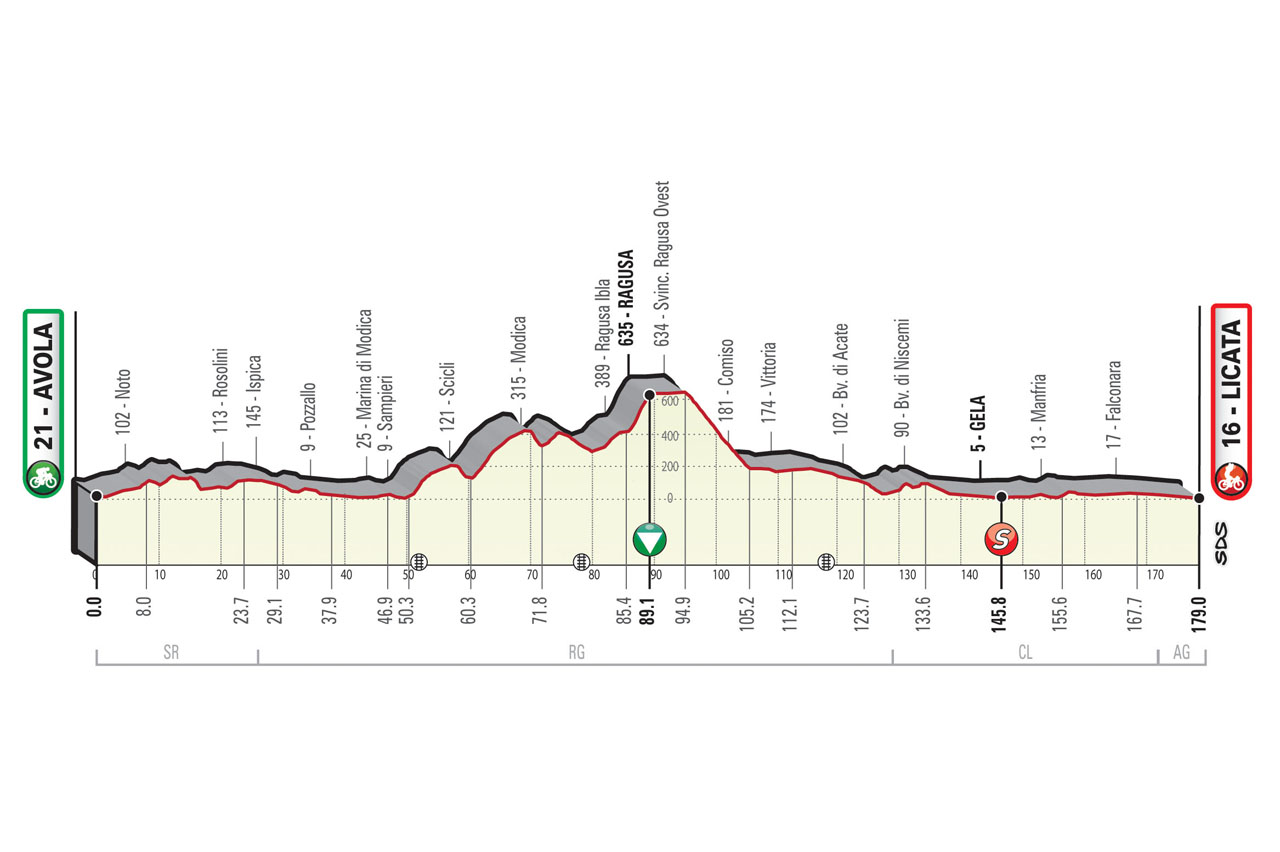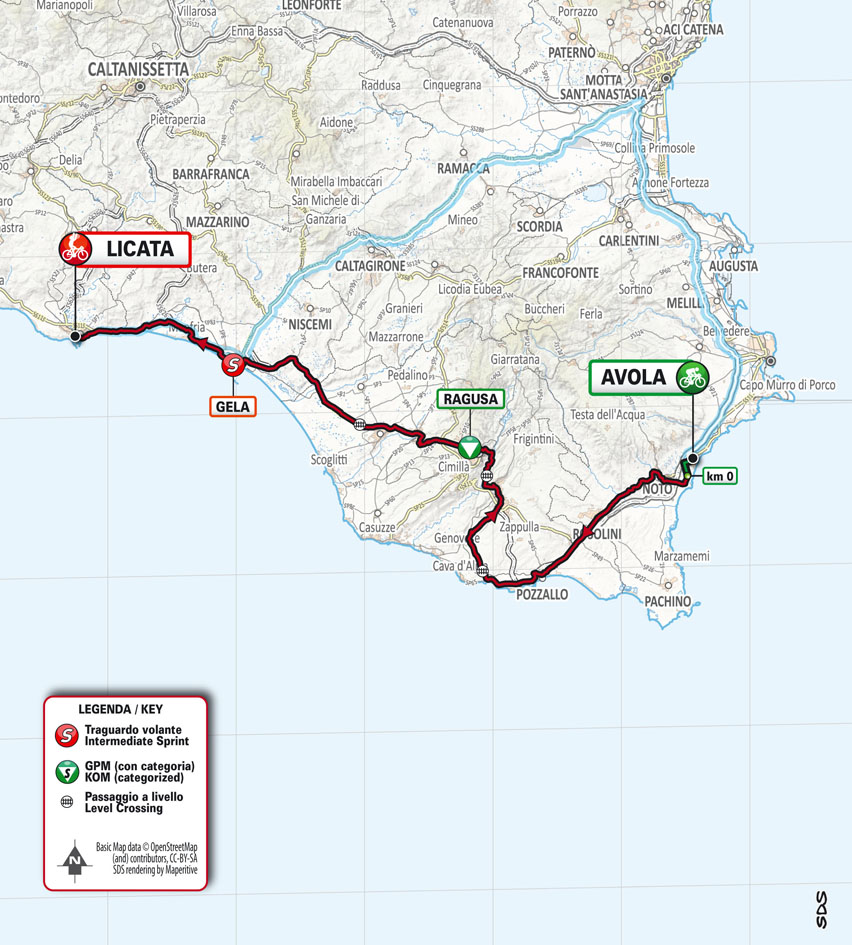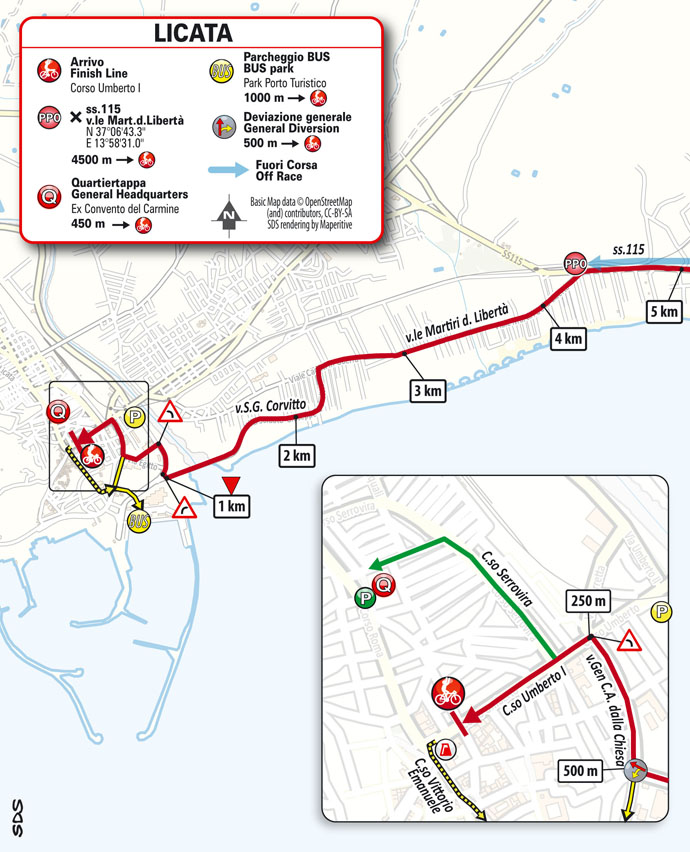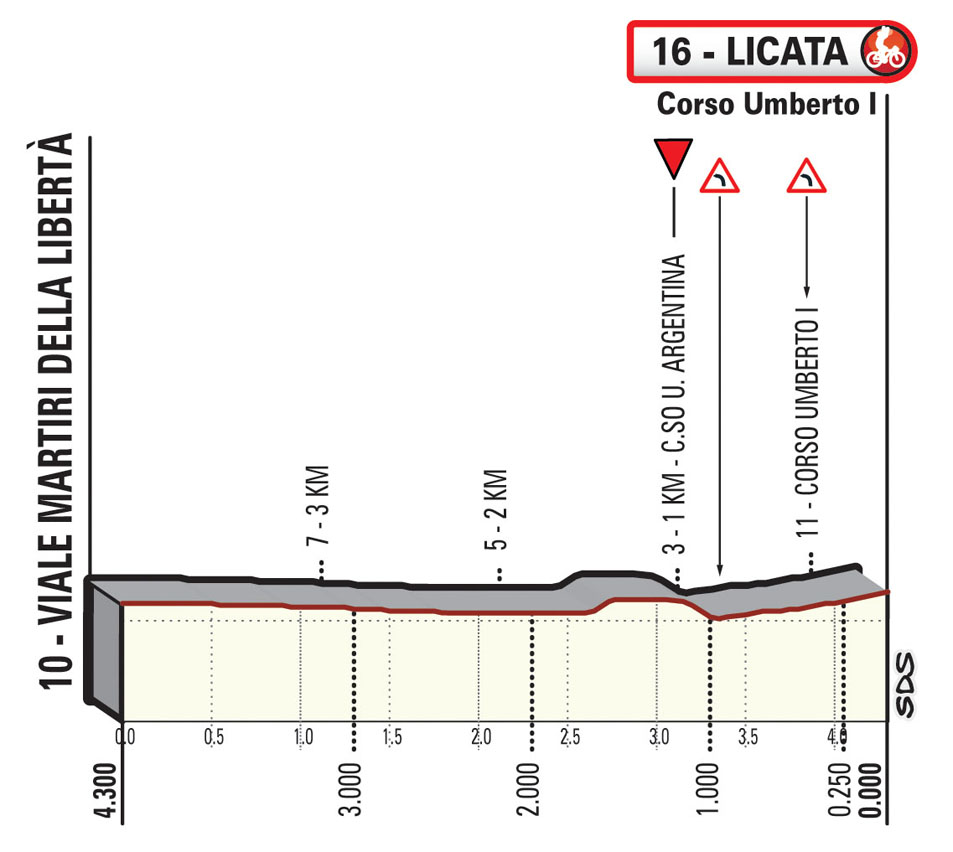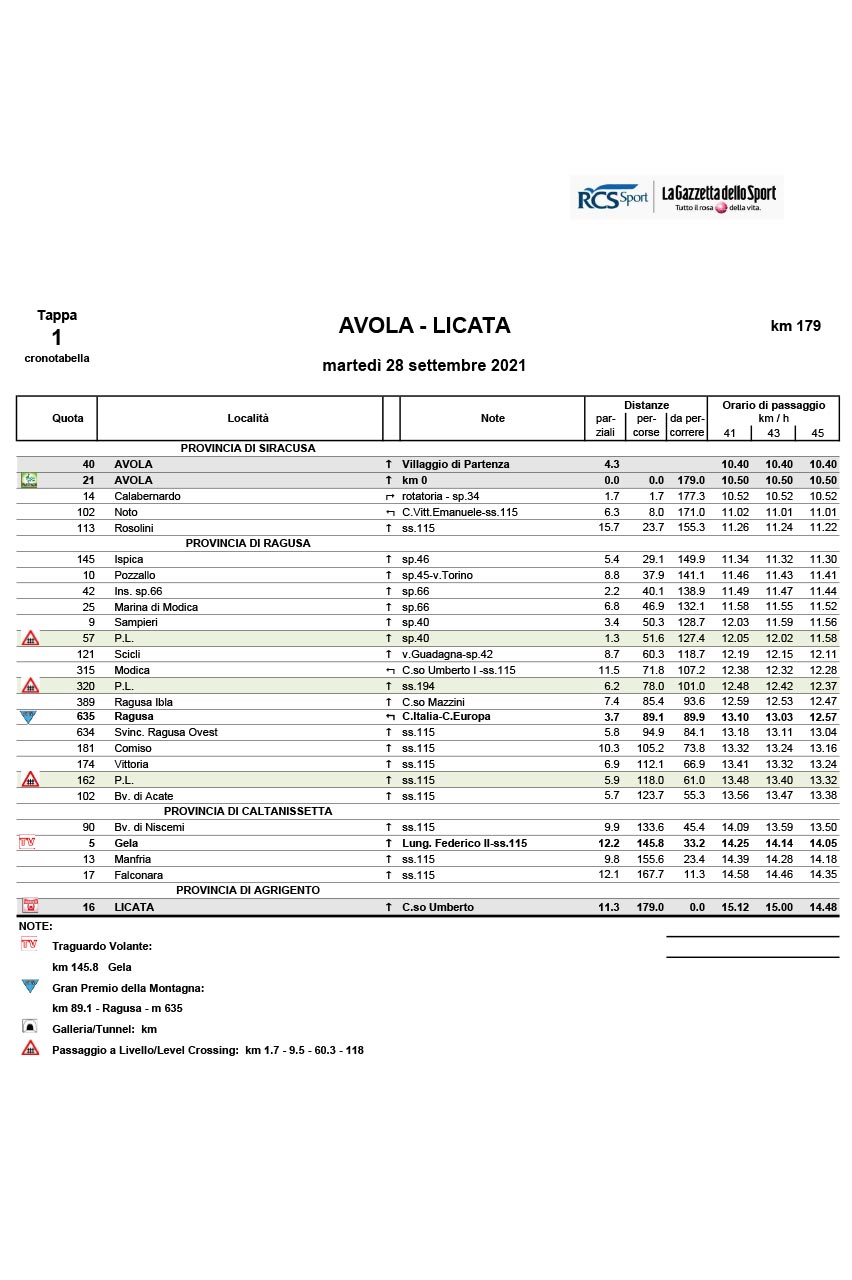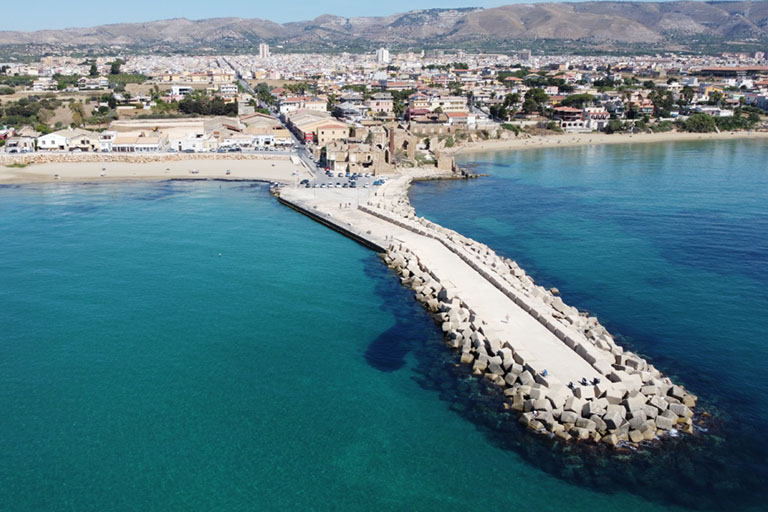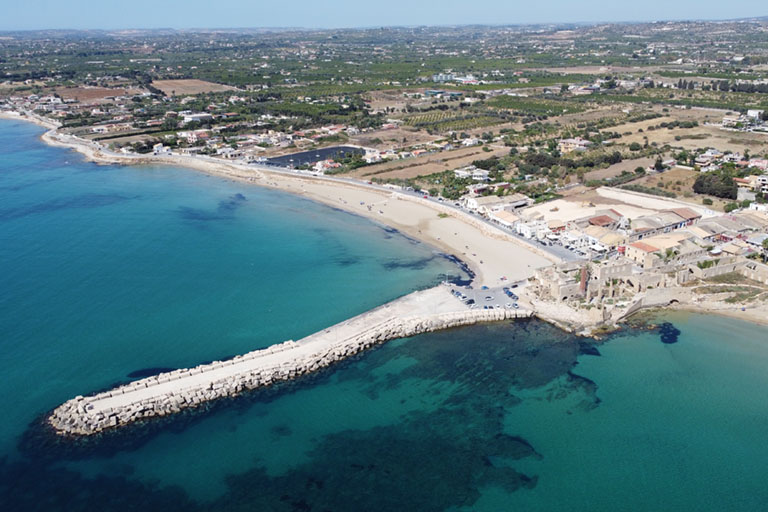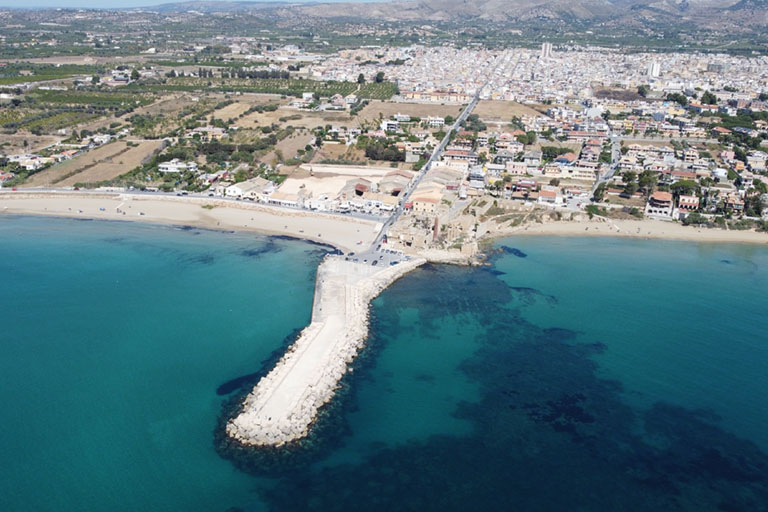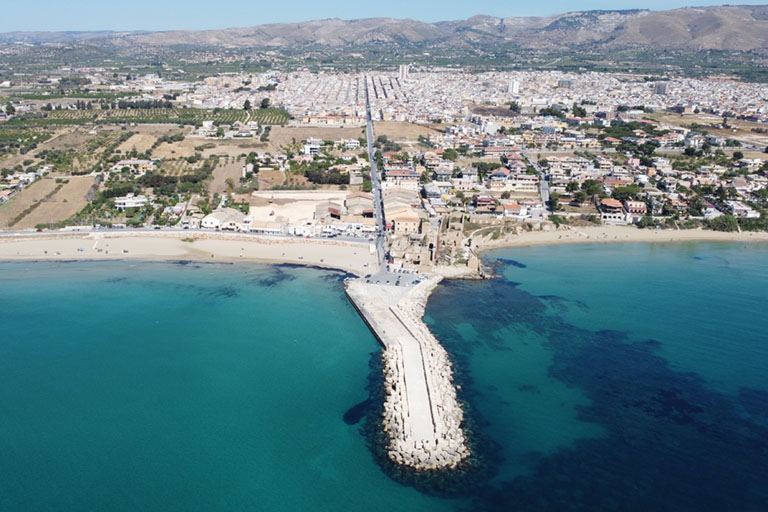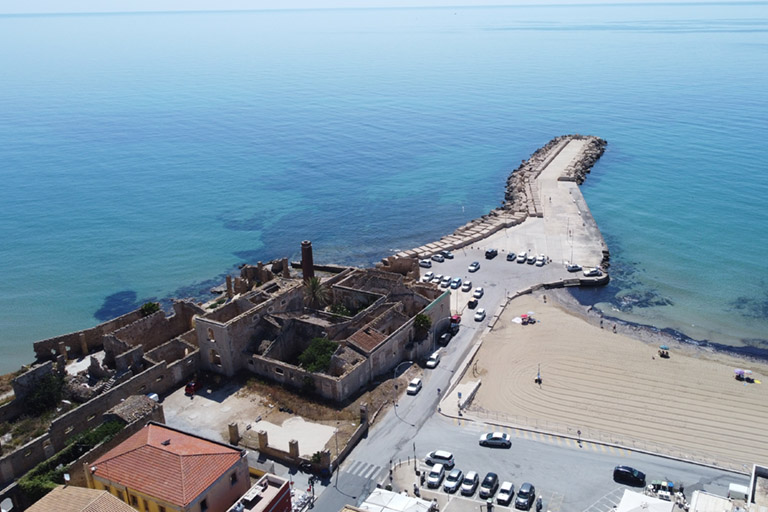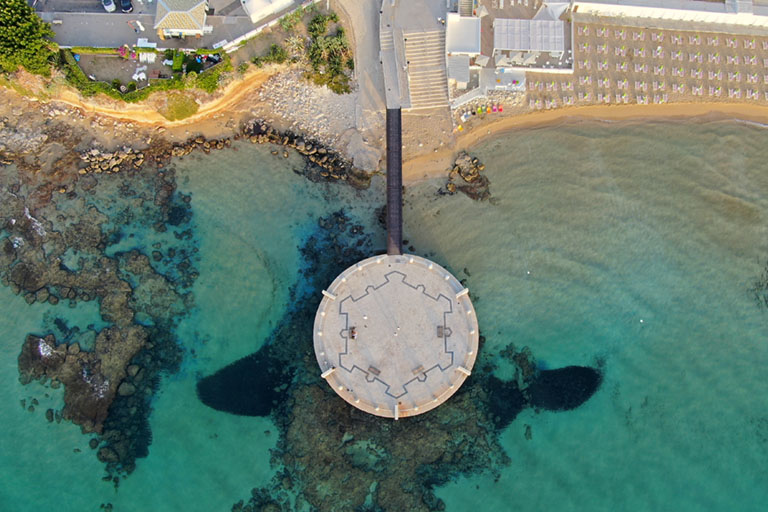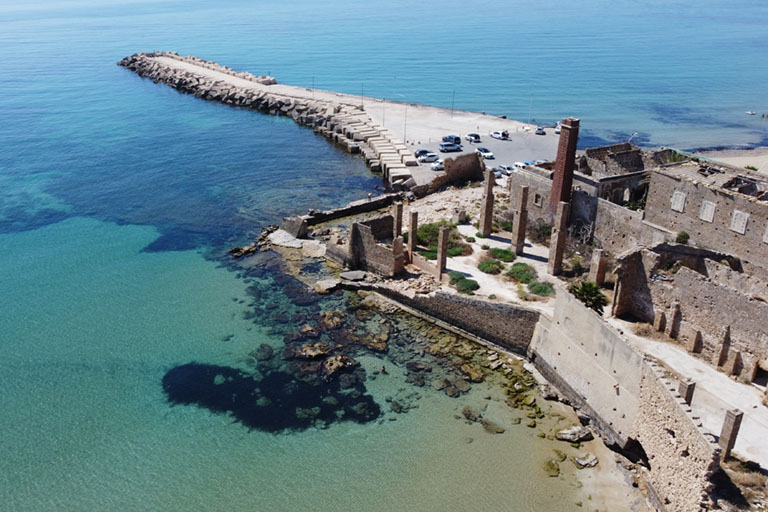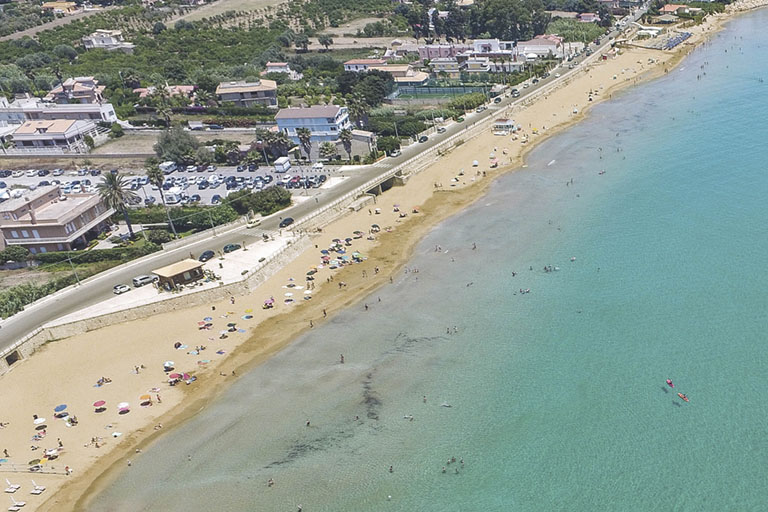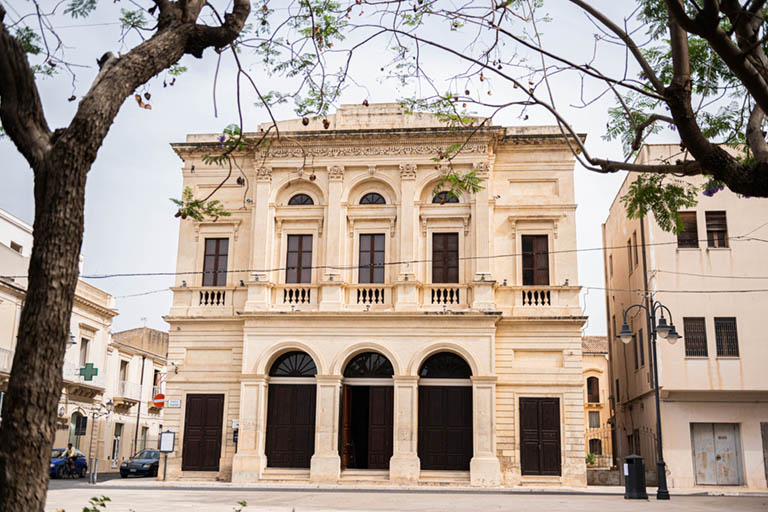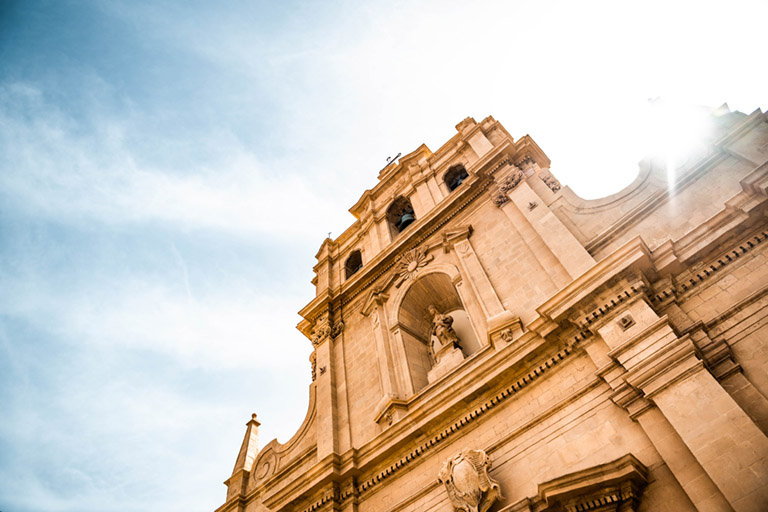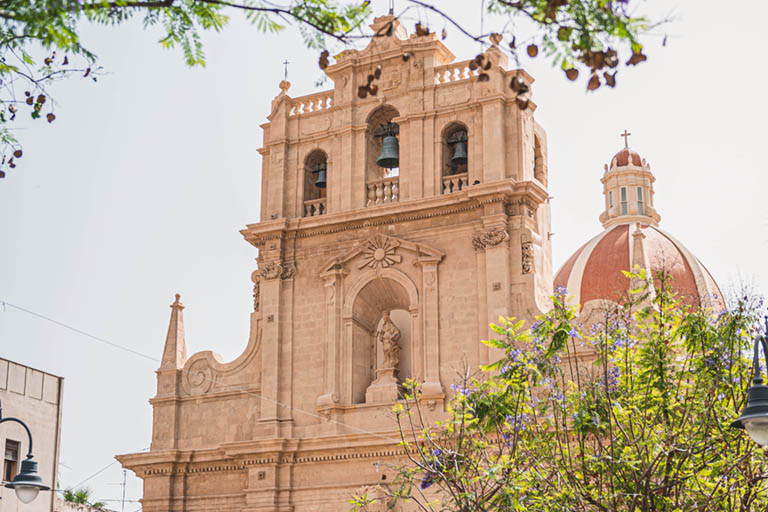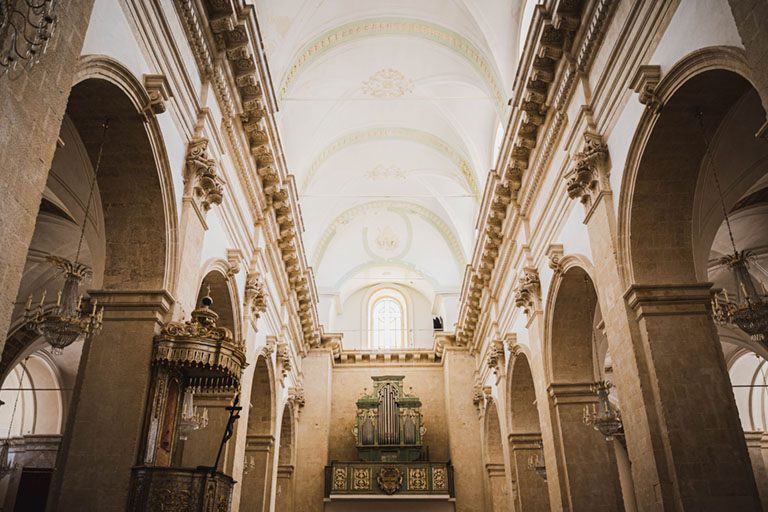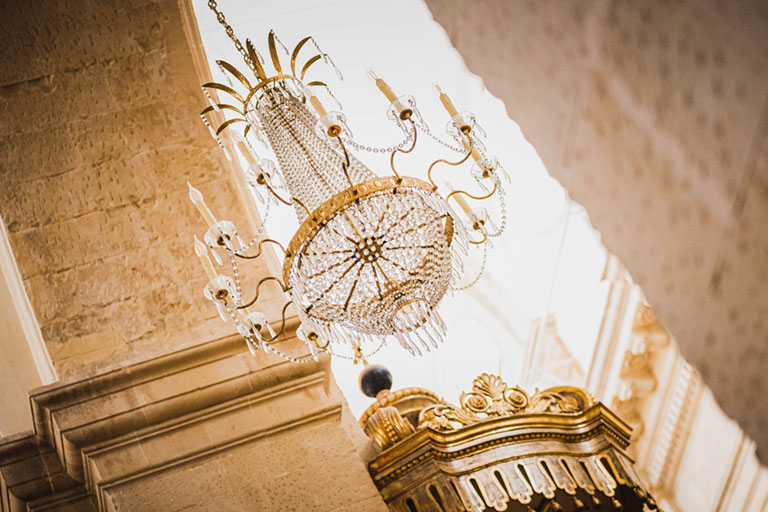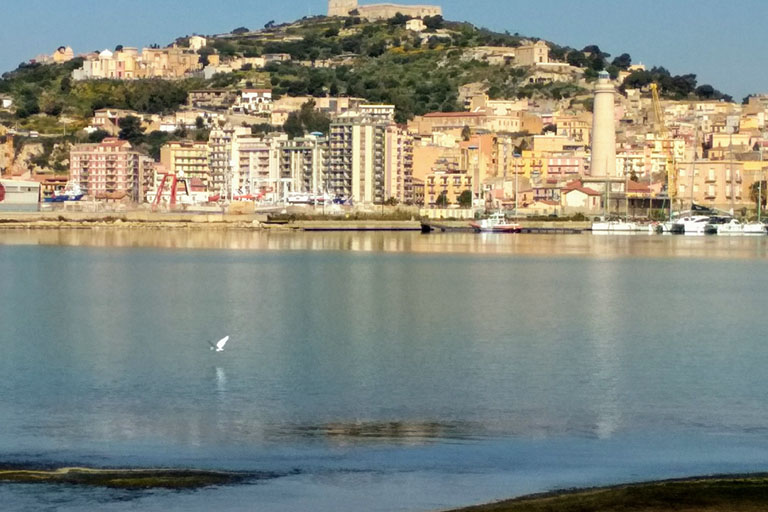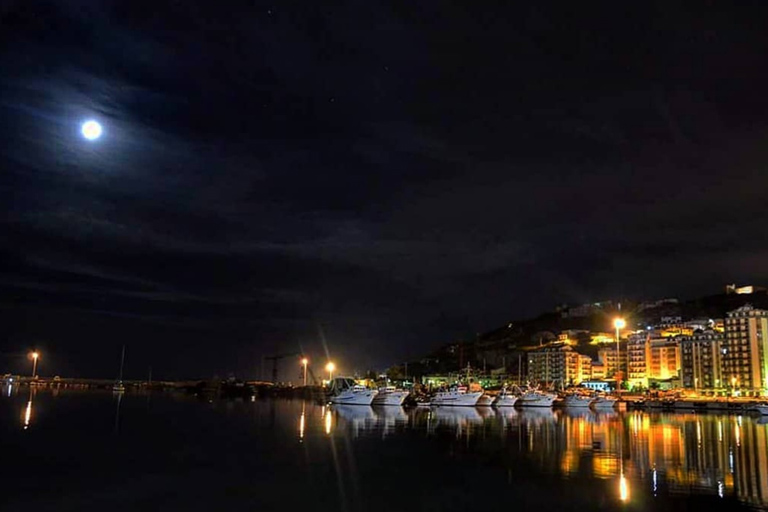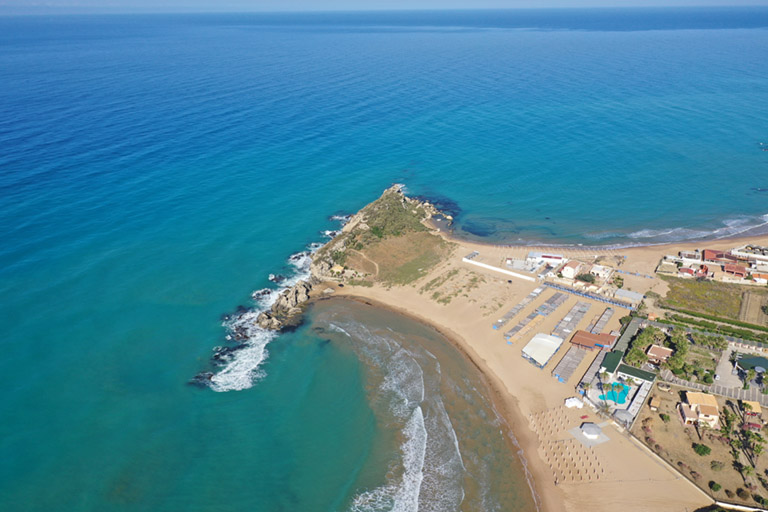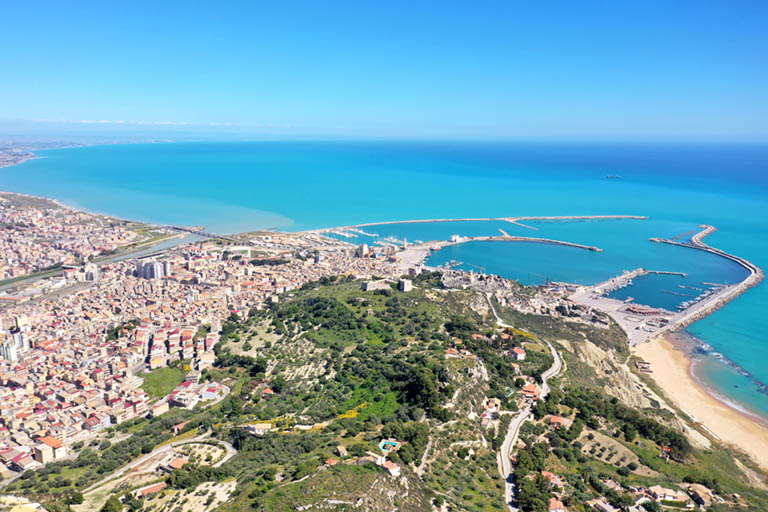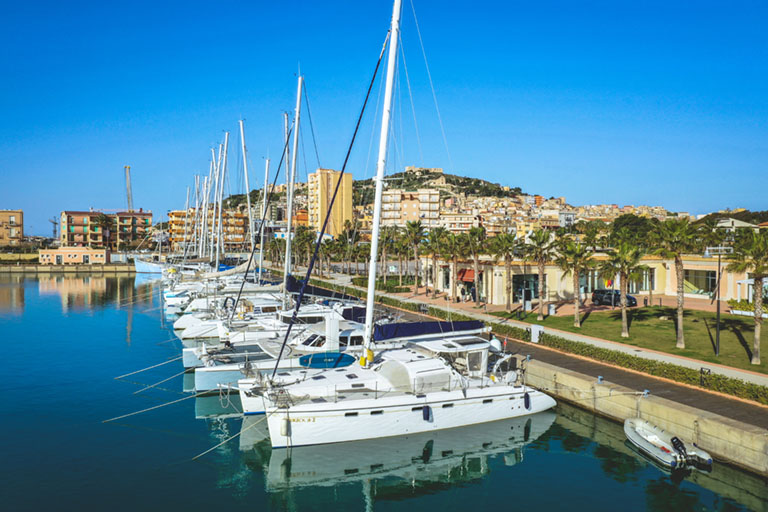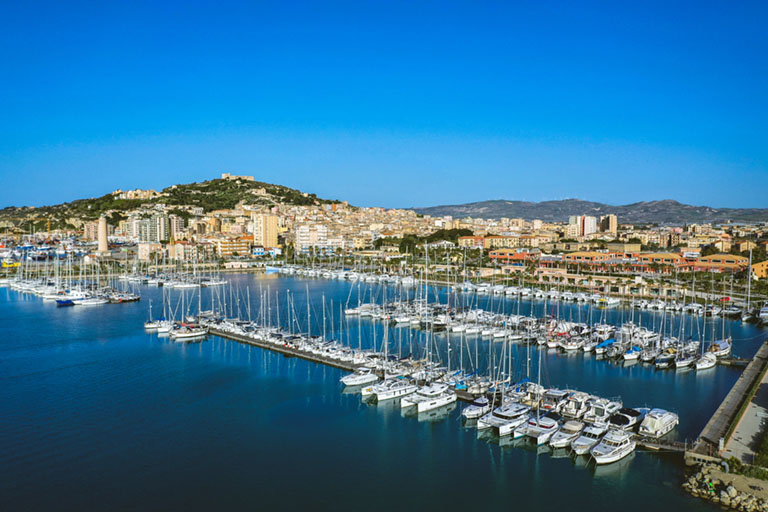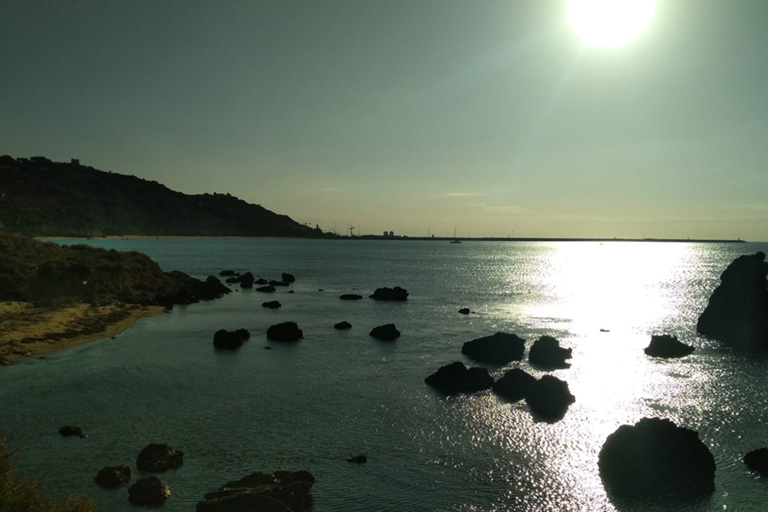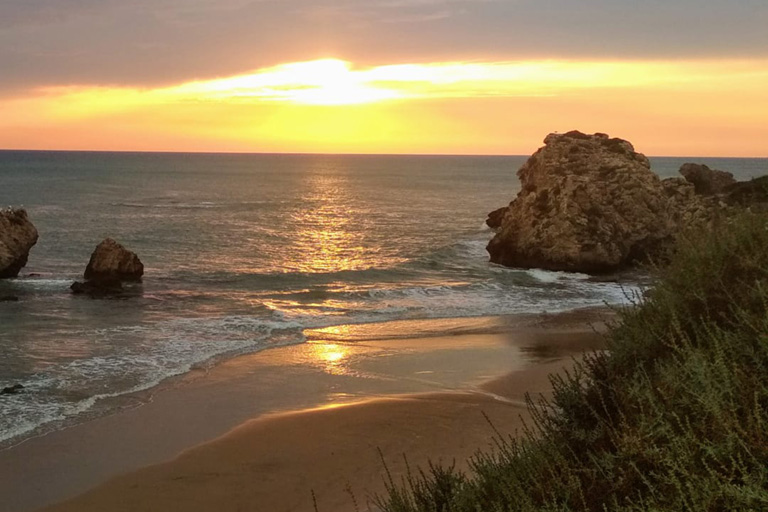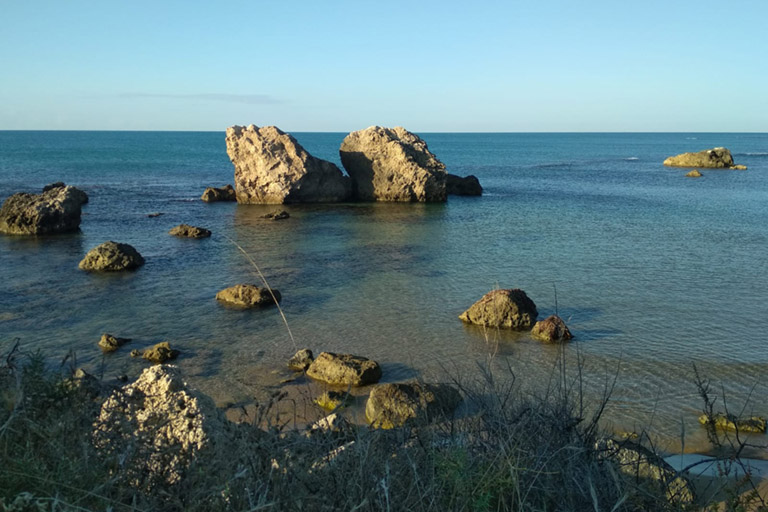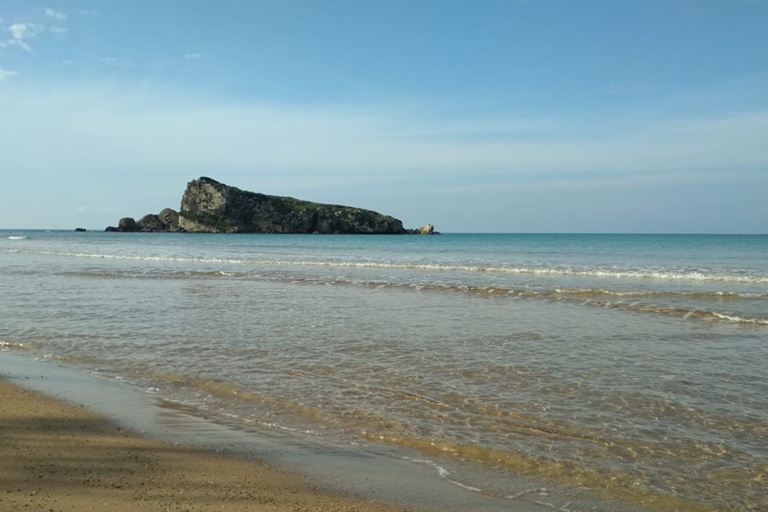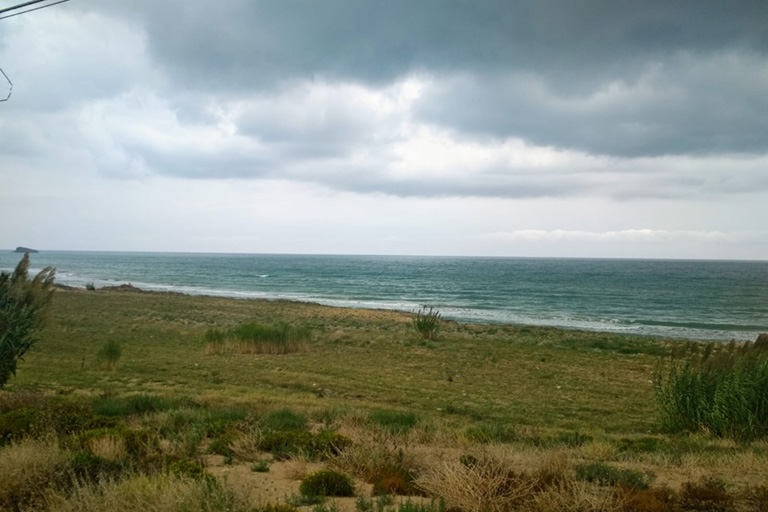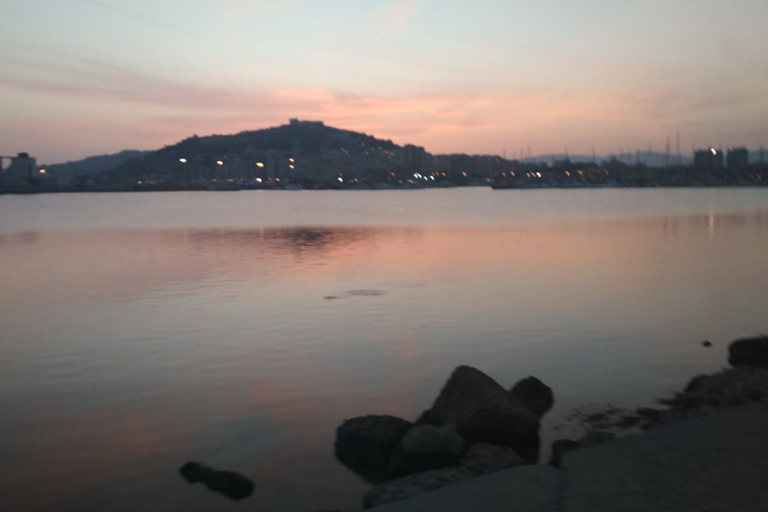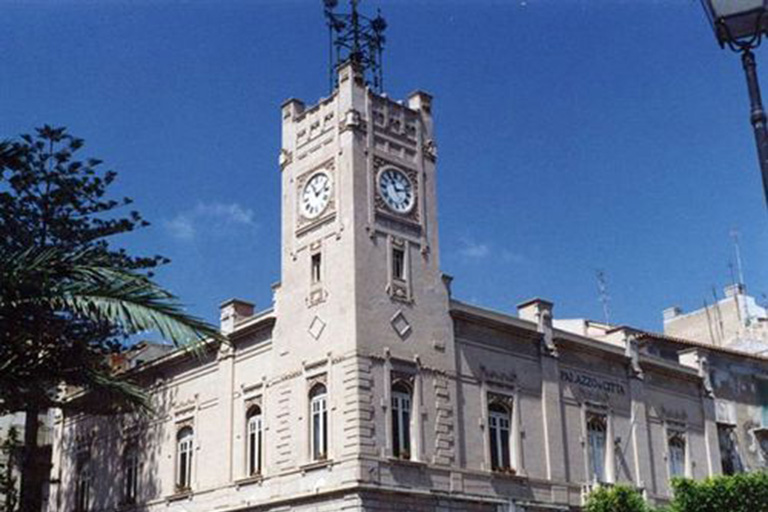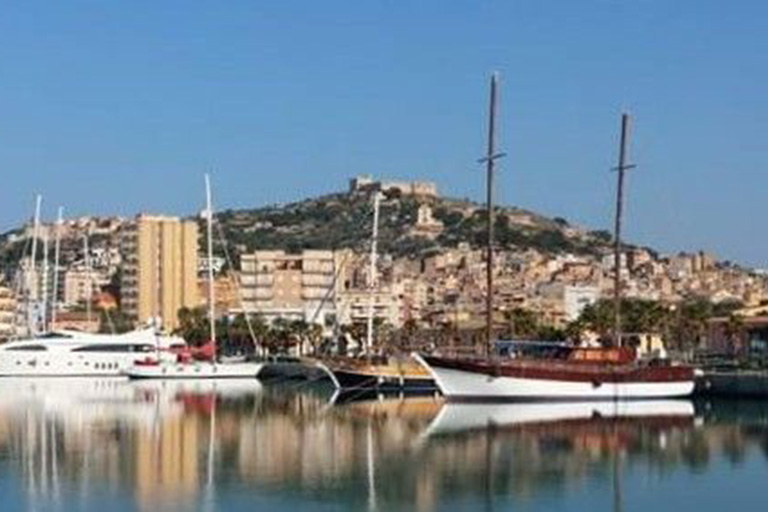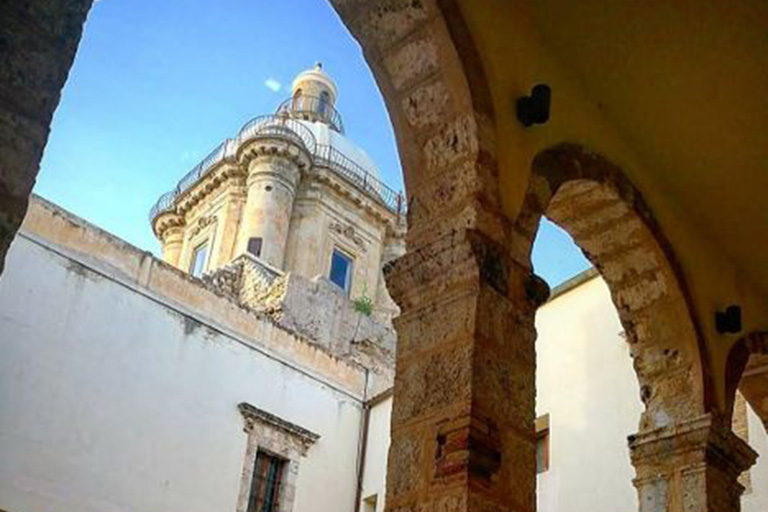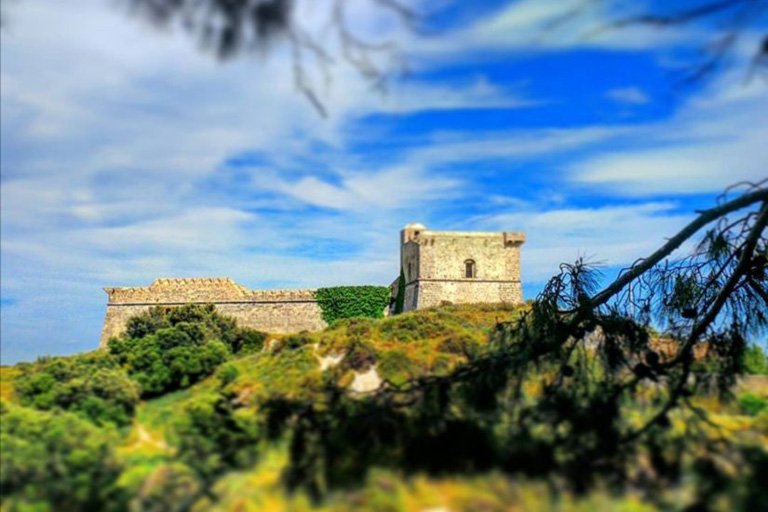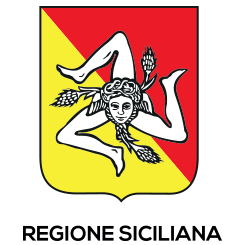profile
map
technical info
The route
After undulating for three quarters of the route, the stage levels out in the final part. Starting along the coast, the route heads inland to take in the only categorised climb of the day in Ragusa Ibla. A long descent on large and mainly straight roads follows, leading back to the coast in Gela and, from here, all the way to the finish.
Final kilometres
The last 10 km follow the coastline along gently undulating roads, until just outside Licata. Here, the route turns left and cuts across the urban area, taking in a few right‑angle bends, including a final one that leads onto the home straight, on a slight uphill incline.
start / finish
final kilometres
itinerary timetable
tourist info
Host city:
Avola
Touristic information
Avola lies along the Ionian coast in eastern Sicily, nestled in the gulf of Noto. The old town, a neat network of alleys and lanes, is shaped like a hexagon. The central Piazza Umberto I boasts beautiful sights, such as the church of San Nicolò and the elegant Palazzo Pignatelli. The nearby parish church of Santa Venera is dedicated to the patron saint. The 18‑century church of San Giovanni Battista rises in the eastern part of the town.
The coastline of Avola is best known throughout Sicily for its clear and shallow waters, and its fine sand beaches.
Gastronomy
Speaking of food and wine, traditional specialties include a local almond variety, called Pizzuta d’Avola.
Drink
The famous Nero d’Avola red wine, which is now also produced elsewhere in Sicily.
Points of interest
Major secular buildings include the neoclassical clock tower, along with Palazzo Lutri, Palazzo Modica and the old market building, one of the finest examples of neoclassical architecture in Sicily.
Ruins of the ancient Abola, which was destroyed by an earthquake in 1693, can still be seen nearby. These include an underground olive press, the stone bowls used for grape stomping, the wine press and the oil milling stone.
Licata
Touristic information
Licata stretches for 24 kilometres along the southern coast of Sicily, in one of its most beautiful spots. The town has sandy shores to the east, and pebbly beaches with mighty cliffs to the west.
Points of interest
The urban area lies around a hill called ‘la Montagna’. The main highlight here is Castel Sant’Angelo, a rare example of 17‑century Baroque Sicilian fortress, which stands at the heart of an archaeological area of great interest.
The elegant Palazzo di Città, one of the finest examples of Sicilian Art Nouveau architecture, is surely one of the signature monuments of Licata.
Particularly notable among the many fine churches are Santa Maria La Nuova and Santa Maria La Vetere. The former, dating back to the early 16th century, contains the beautiful Cappella del Cristo Nero (a chapel with wooden carvings on the ceiling and on the walls) and the altar of the Black Cross (which, according to tradition, survived unscathed after the Ottomans set the church on fire in 1553).
The latter, previously called Santa Maria di Gesù, rises at the eastern foothill of the ‘Montagna’, at the outskirts of the current urban area. It is thought to date back to the 6th century.
Licata is home to a modern archaeological museum, second overall by number of exhibits in the province of Agrigento.










